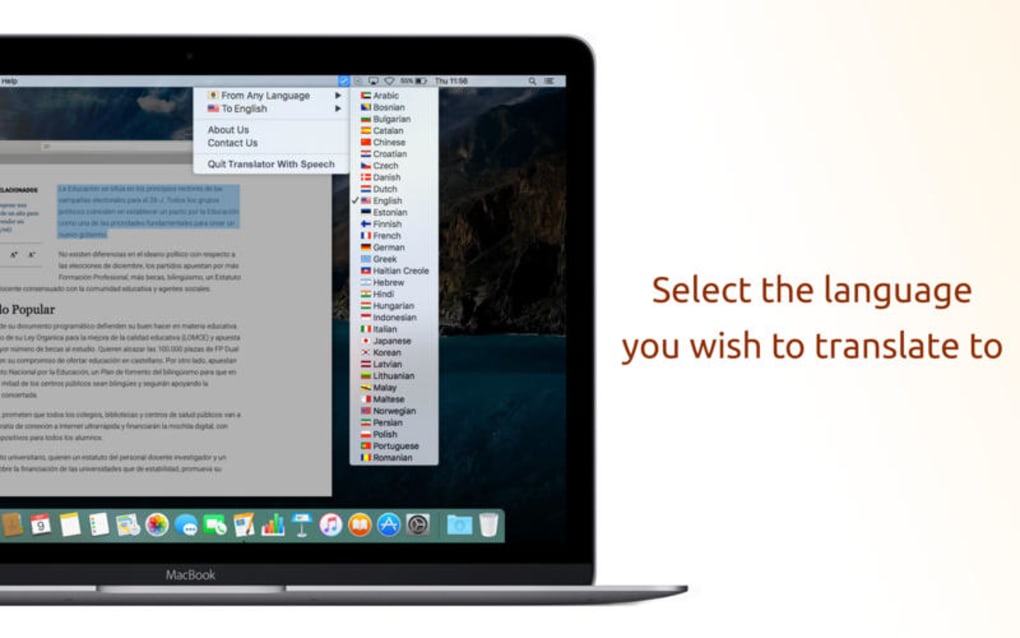
- #HOW TO UPDATE PYTHON ON MAC COMMAND LINE INSTALL#
- #HOW TO UPDATE PYTHON ON MAC COMMAND LINE DOWNLOAD#
In May 2000, Guido and the Python core development team moved to to form the BeOpen PythonLabs team. In 1995, Guido continued his work on Python at the Corporation for National Research Initiatives (CNRI, see ) in Reston, Virginia where he released several versions of the software.

Guido remains Python’s principal author, although it includes many contributions from others. Python was created in the early 1990s by Guido van Rossum at Stichting Mathematisch Centrum (CWI, see ) in the Netherlands as a successor of a language called ABC. A new panel will appear with an interesting recap on the history of Python and its governance:
#HOW TO UPDATE PYTHON ON MAC COMMAND LINE DOWNLOAD#
Go to, choose the Downloads menu, hover “Mac OS X” and a panel with a link to download the official package will appear:
#HOW TO UPDATE PYTHON ON MAC COMMAND LINE INSTALL#
One option is to use Homebrew to install the latest Python release.Īnother option is to use the official Python packages and that’s the approach we’ll follow. In my case I had Python 3.8, but Python 3.9 was available to be installed. However you have little control over the version number you run, as Apple updates it only with new Xcode releases. Python 3 is the one we’re going to use for modern Python development. In this case you can run python3 on your terminal to check the exact version installed, and if it’s recent enough you might be already set up. If you install Xcode, the Apple Development IDE, it installs Python 3 in /usr/bin/python3. MacOS installs Python 2 (outdated) by default, for compatibility reasons, making it available as /usr/bin/python.


 0 kommentar(er)
0 kommentar(er)
